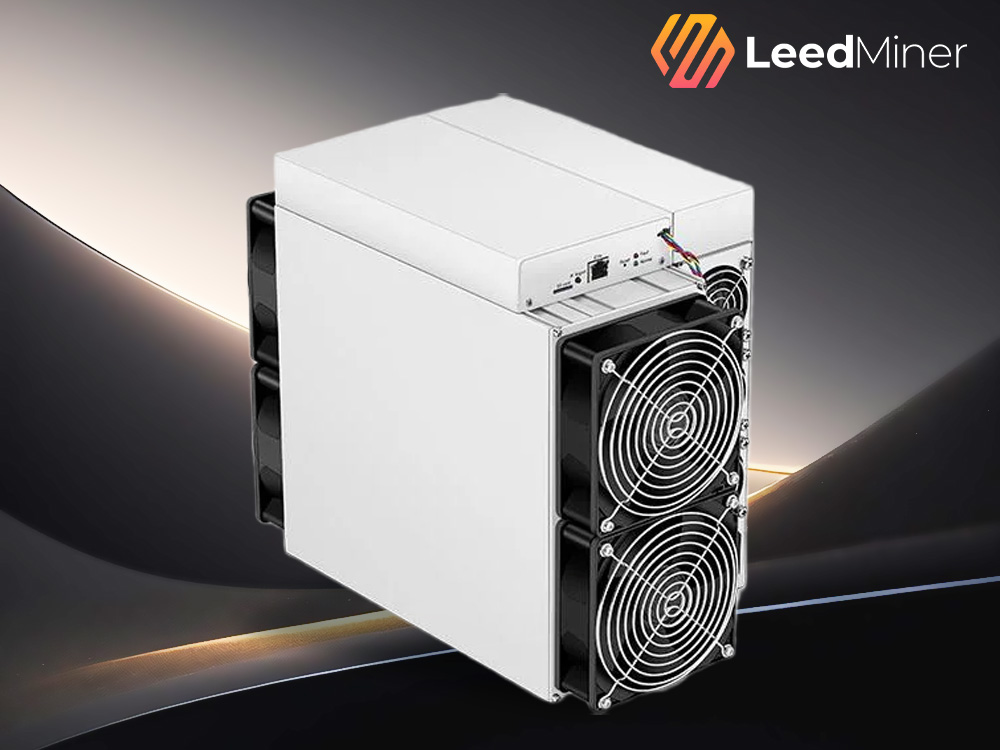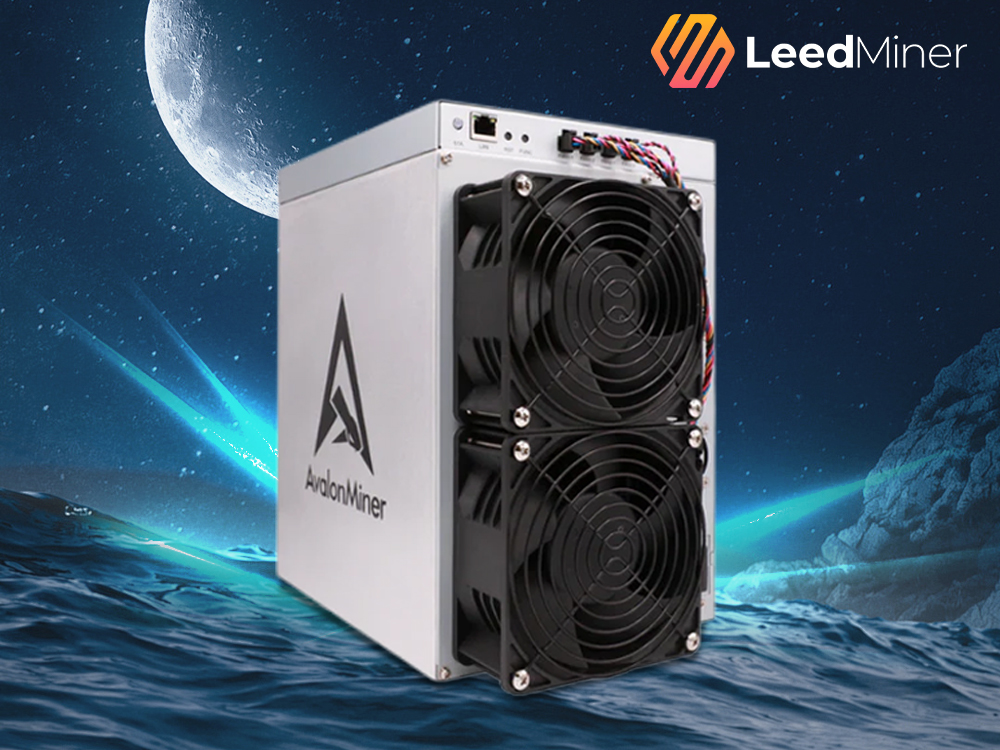What is Kadena?
Kadena (KDA) is a layer 1 blockchain that runs on proof-of-work. Kadena fuses Bitcoin’s time-tested proof-of-work consensus mechanism with the idea of multiple parallel blockchains to solve scalable sexual issues. This multi-chain architecture is called “Chainweb,” a 20-chain network that uses sharding to process up to 480,000 transactions per second.
How does Kadena work?
Kadena’s architecture is powered by layers and chains. This is a highly sophisticated design that allows them to combine a PoW mining model with dual public and private functions. The following are the main technical concepts that make up Kadena’s architecture.
- Chainnet (layer 1)
A core component of Kadena’s architecture is the “Chainweb” consensus, a network of 20 chains interconnected to power the Kadena chain. This is the foundation of Kadena’s layer 1 network.
These chains run in parallel under a system called “sharding”. While congestion is a common problem with networks like Ethereum that have only one chain (the mainnet), Kadena handles this by distributing the load across 20 different chains. Users can then set up an account on a less congested chain with lower transaction costs and transfer their tokens across chains using a smart contract protocol called Simple Payment Verification (SPV).
The chain network is interconnected and open. The network has been stress tested at 8,000 TPS to demonstrate the efficiency and resilience of the network. Under current conditions, it can scale up to 480,000 TPS, but can be scaled vertically by adding new chains.
The code for the chain is written in Haskell, one of the most difficult and mathematically heavy programming languages. Haskell is also used in blockchains like Cardano (ADA). Smart contracts on the platform are also written in this language.
- Kuro (Tier 2)
Kuro is Kadena’s layer 2 solution. In the initial release stage, it is called ScalableBFT, BFT stands for Byzantine Fault Tolerant Consensus. The Kuro chain is designed for business use and brings smart contracts and privacy features to the chain.
For example, if a bank wanted to use Kadena to send private transactions (similar to sending Monero) without revealing customer data on the blockchain, they could use layer 2 on Kadena to pass the data privately. Kuro also allows DEXs to perform coin swaps on the Kadena network.
Transactions on the Kuro chain incur gas fees, similar to Ethereum. However, in 2020, Kadena released gas stations to pay users swap fees and conduct zero-fee transactions.
How to mine KDA coin?
1. Introduction of supported mining machines:
KDA adopts the Blake2S algorithm and supports ASIC mining machine mining. The main mining machine models are: Jinbei KD5, KD2, KD-BOX (home use) series, iBeLink
Mining machine (BM-K1, etc.).
Comparison of different types of mining machine revenue: KDA mining machine revenue ranking
2. Preparation before mining:
Account registration: Elephant Mine Pool KDA uses sub-account names instead of wallet addresses for mining. If you want to mine KDA, you need to register an Elephant Mine Pool account first
Use environment inspection: Check whether the machine is in good condition, whether the network, and the application status are normal.
3. Set mining parameters and start mining:
Enter the IP address of the mining machine in the browser address bar to enter the background of the mining machine, or use the batch management software provided by the official mining machine to set the following information:
Pool/URL:kda.ss.dxpool.com:6611
User/Worker: Mining pool sub-account name. Miner name
(The sub-account name of Elephant Mining Pool is filled here, not the wallet address or mobile phone number. The sub-account name of Elephant Mining Pool and the miner number are separated by a period “” in English;
The miner number is customized and can be a combination of numbers or letters, such as test.001)
Password: any setting, such as 123
After checking the above information is correct, save the settings, and the mining machine will start running after a while, and you can enjoy the benefits.











